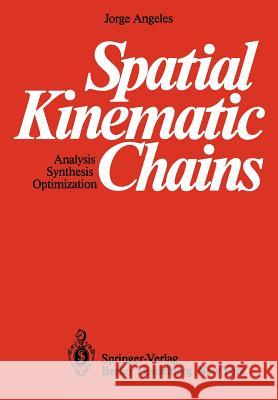Spatial Kinematic Chains: Analysis -- Synthesis -- Optimization » książka
topmenu
Spatial Kinematic Chains: Analysis -- Synthesis -- Optimization
ISBN-13: 9783642488214 / Angielski / Miękka / 2012 / 370 str.
Spatial Kinematic Chains: Analysis -- Synthesis -- Optimization
ISBN-13: 9783642488214 / Angielski / Miękka / 2012 / 370 str.
cena 403,47 zł
(netto: 384,26 VAT: 5%)
Najniższa cena z 30 dni: 385,52 zł
(netto: 384,26 VAT: 5%)
Najniższa cena z 30 dni: 385,52 zł
Termin realizacji zamówienia:
ok. 22 dni roboczych
Bez gwarancji dostawy przed świętami
ok. 22 dni roboczych
Bez gwarancji dostawy przed świętami
Darmowa dostawa!
Kategorie BISAC:
Wydawca:
Springer
Język:
Angielski
ISBN-13:
9783642488214
Rok wydania:
2012
Wydanie:
Softcover Repri
Ilość stron:
370
Waga:
0.60 kg
Wymiary:
24.41 x 16.99 x 2.01
Oprawa:
Miękka
Wolumenów:
01











